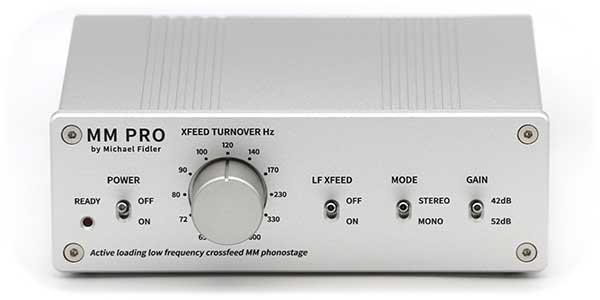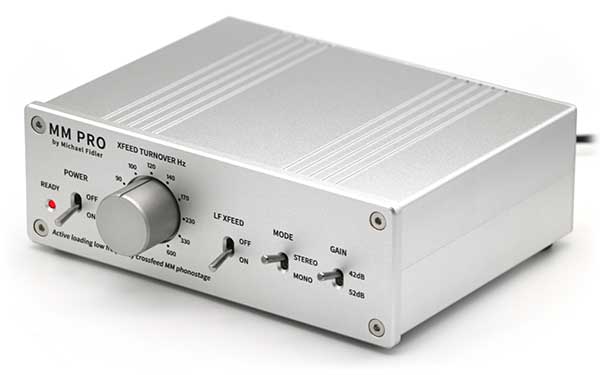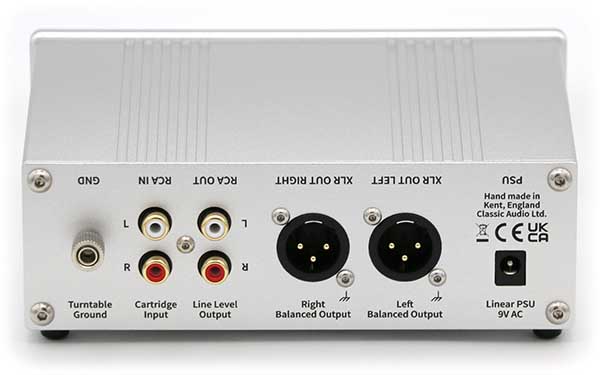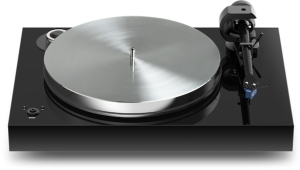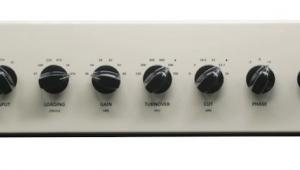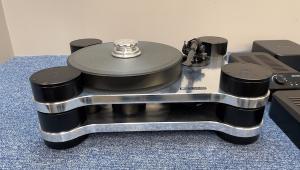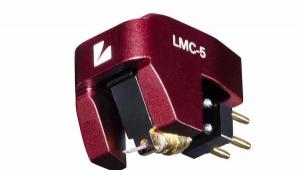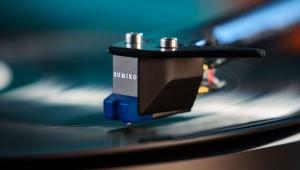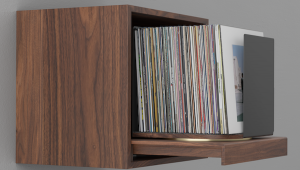Hi
Features alone: with unique "active loading" for input cartridge, balanced outputs with 21Vrms O/P, 3rd order subsonic filter, LINEAR power supply, is a huge deal !!! Hard to find a phonostage with better features so darn cheap in the marketplace nowadays let alone made-in-England.
To enable to build such premamp sooo low cost is using op-amps throughout, IMO.
My only reservation is the sonic quality of phono-pramps using op-amp chips which inherently comes with tons of internal gains with loop feedbacks due to the built-in bipolar junction devices. Yes, external circuit design can make good on bench measurement.
But how good it would sound could be another story !
As a hobby audio amp designer/builder for decades, I would not use any bipolar junction devices, e.g. transistors, FETs, to build my amps due to the inherent non-linearity of the P/N junctions inside the device. Non-linear devices geneate intermoduation distortion. This is physics.
That said, for vinyl beginners or tight-budgetted audio consumers, why not go for it.
Not many vinyl addicts like yours truly can hear the difference, anyway.
Hearing is believing
JACK L
